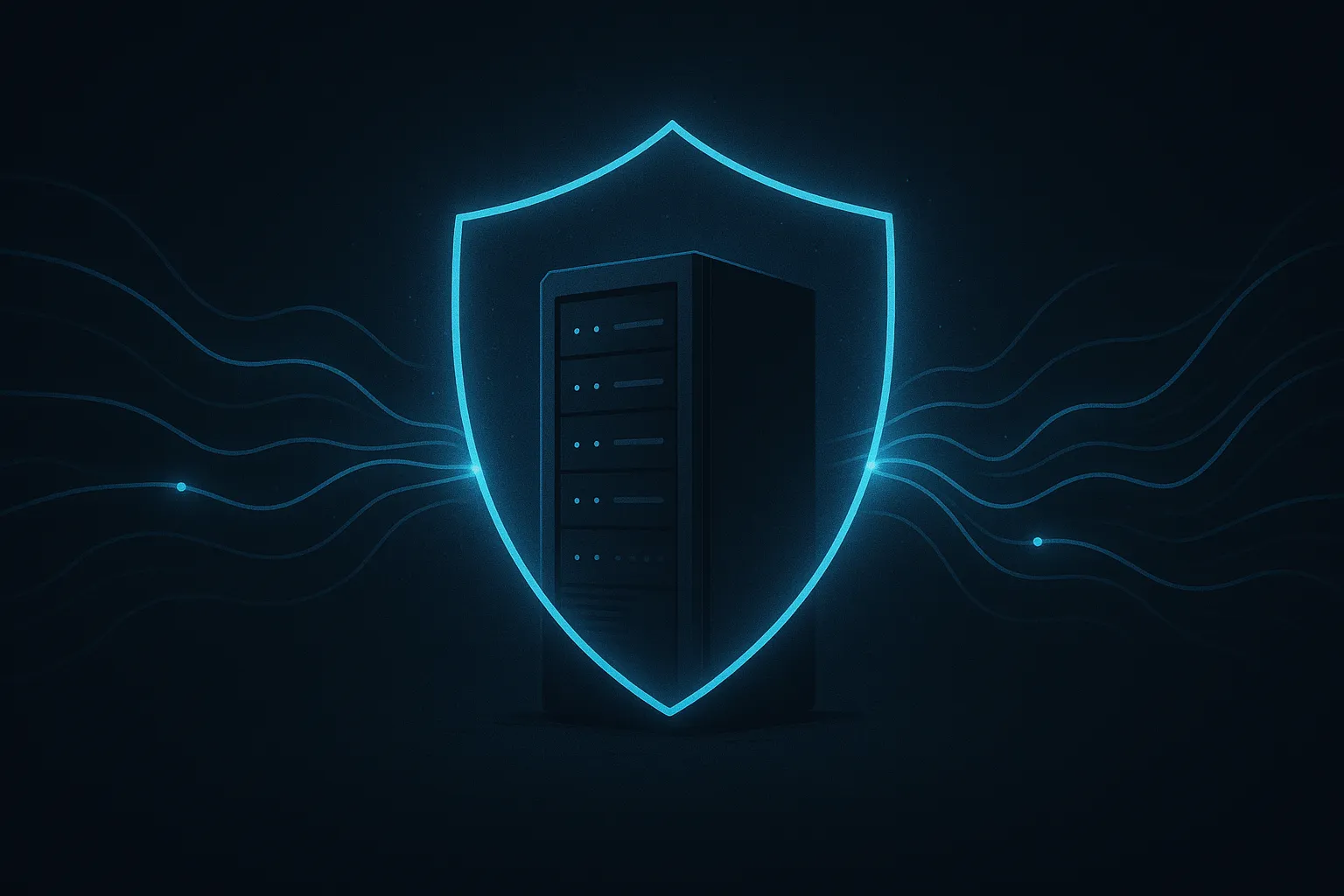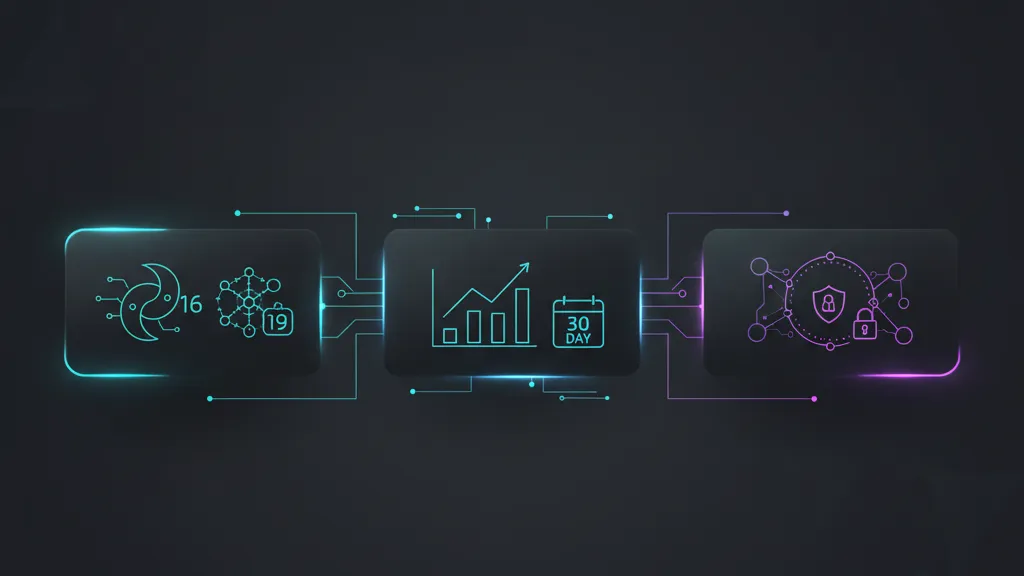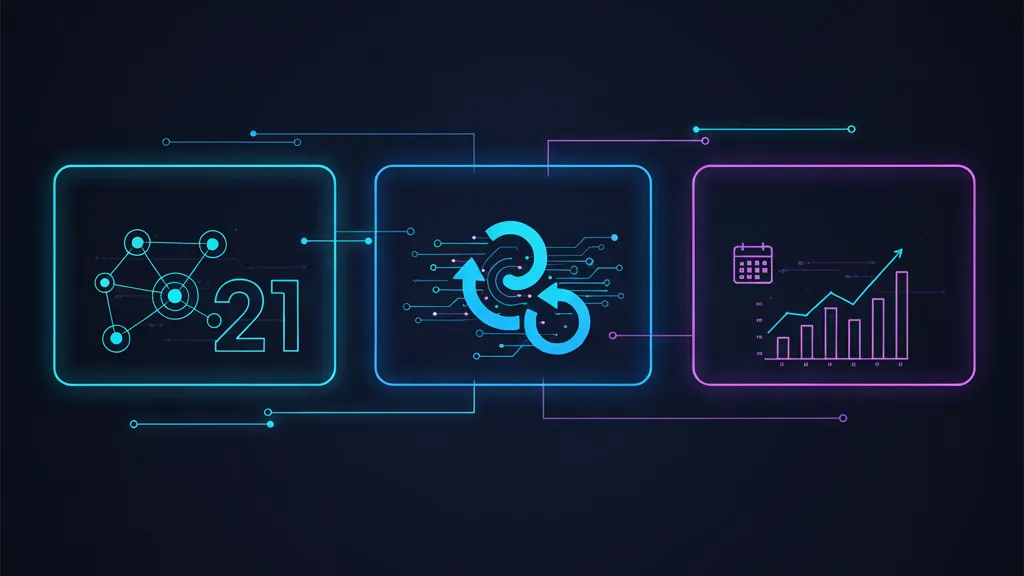Picture this: You're the owner of a startup that has put a lot of time and effort into creating an online presence that brings in leads and sales. Your website is getting a lot of traffic, sales are coming in, and everything seems to be working out. Then, all of a sudden, everything stops. Your site crashes because of a constant stream of bad traffic, customers leave in frustration, and all the work you put into building your business goes to waste. This isn't just a bad dream; it's the harsh truth of a DDoS attack. In 2025, these threats are more common and advanced than ever.
As a business owner who has been through the digital trenches, I know how these attacks can bring even the best businesses to their knees. The good news is that you don't have to be a victim. You can protect your website, keep your online presence, and keep focusing on what matters most: growing your business with the right DDoS protection strategies. In this guide, we'll talk about what DDoS attacks are, how bad they can be, and how to stop them from happening. Let's turn a possible disaster into strength that can't be broken.
DDoS Attacks: The Silent Killer of Your Business
Let's be honest: words like "DDoS" in cybersecurity can sound like tech jargon that has nothing to do with your daily life. In short, a Distributed Denial of Service (DDoS) attack is a planned attack in which hackers flood your website with fake traffic from many sources, making it impossible for real users to get to it. It's like a traffic jam on a highway, but instead of cars, bots and hacked devices are filling up your servers.
According to recent reports from cybersecurity companies like Cloudflare and Arelion, DDoS attacks have gone up by an incredible 358% since 2025. Hyper-volumetric attacks, which are attacks that send more than terabits per second, are on the rise. In just one quarter, more than 6,500 of these attacks were stopped. What does this mean for you? These aren't random attacks; they usually target businesses like yours to mess up operations, steal money, or get an edge over the competition. For the people who start a business, one downtime event can mean lost leads, lost trust, and drops in sales that take months to get back to normal.
I've been there and seen a client's site go dark during a busy time for sales. The emotional toll is real: anger, worry, and that awful feeling of being weak. But having knowledge gives you power. The first step in keeping your website safe is to notice the signs early, like sudden traffic spikes or slowdowns that don't make sense.

The Real Effect of DDoS Attacks on the Growth of Your Business
DDoS attacks hurt your bottom line the most, even more than the technical chaos. Small businesses can lose thousands of dollars per minute when they are down, and it can hurt your brand's reputation for a long time. In a world where 88% of people won't go back to a site after a bad experience, one attack could stop your lead generation efforts and slow down your revenue growth.
Think about the trends we're seeing in 2025: IoT botnets powered by unsafe smart devices are making huge, distributed attacks possible. Nexusguard reports show that attack sizes are growing at an alarming rate, with HTTPS floods becoming the norm. This means that if you're a business owner who wants to focus on digital transformation, your modern web apps made with Next.js or React Native could be easy targets if you don't protect them. It's not enough to just survive; you need to thrive without always being afraid of problems.
This may seem like a lot to take in, but see it as a chance. By dealing with these risks directly, you not only protect your assets, but you also make your business look trustworthy and forward-thinking. Customers are drawn to brands that put security first because it builds trust in a subtle way that turns browsers into loyal fans.
The best ways to keep your website safe in 2025
Now, let's get down to business. To stop DDoS attacks, you don't need to build a fortress overnight. Instead, you need to add layers of smart, low-cost defenses. At BYBOWU, we are experts at adding these to your web development stack so that you can get the best protection without spending a lot of money.
Use Content Delivery Networks (CDNs) to protect against DDoS attacks.
Cloudflare and AWS are examples of CDNs that not only speed up your site but also protect it from volumetric attacks. By spreading your content across servers all over the world, they can absorb and filter bad traffic before it gets to your origin server. A CDN can clean up to 99% of bad requests in 2025, when hyper-volumetric threats are on the rise. This will keep your site up and running during busy times.
We've helped clients add CDNs to their Next.js projects, which turned possible weaknesses into strengths. It's easy: Send your traffic through a CDN, turn on DDoS scrubbing features, and see your website's security go through the roof. Why settle for fixes that only happen after the fact when tools like this can stop problems from happening in the first place?
Set Up Rate Limiting and Traffic Monitoring
Rate limiting is like putting speed bumps in front of people who seem suspicious. It limits the number of requests from a single IP address, which stops floods at the gate. Use this along with tools that let you see traffic in real time to find problems early. Tools from companies like Imperva or Radware use AI to tell the difference between bots and people, and they change as threats change.
This is a big deal for new businesses. It's cheap and works well with the Laravel backends or AI-powered solutions we offer at BYBOWU. Don't block legitimate users, but don't leave the doors wide open either. Balance is the key. This method has saved our clients from a lot of trouble, letting them focus on coming up with new ideas instead of fixing problems.
Strengthen with Firewalls, WAFs, and Distributed Infrastructure
A Web Application Firewall (WAF) is necessary to stop attacks at the application layer, and intrusion prevention systems (IPS) deal with threats that go deeper. Choosing managed services like AWS Shield or Cloudflare's advanced protections in 2025 will make sure that your system gets automatic updates against new threats, such as botnets that use the Internet of Things (IoT).
Using load balancers or multi-cloud setups to spread out your infrastructure adds redundancy. In our portfolio projects, this has cut down on downtime by 90%. If you're using React Native to build mobile ties, adding these from the start makes your whole ecosystem stronger.

How BYBOWU Helps You Protect Against DDoS Attacks
We're not just developers at BYBOWU; we're also partners in your growth. Using Next.js, React Native, and Laravel, our US-based team makes modern web and mobile apps with built-in security. These apps are AI-enhanced and focus on DDoS protection trends for 2025.
Our creative solutions, like custom CDN integrations and rate-limiting APIs, are made for business owners like you who want to make more money and get more leads. Visit our portfolio to see real-life examples of sites we've made more secure against attacks, or visit our services page to find out how we can improve your online presence.
Do you feel like doing something? Keep DDoS attacks from happening on your site. Make an appointment for a free security check! Contact us today through our contact page.
Last Thoughts: Make sure today is safe so that tomorrow is great.
In 2025, when things move quickly, ignoring DDoS threats is like leaving your front door unlocked during a storm. But you can survive any attack and come out stronger with these strategies: CDNs, rate limiting, and partnerships with experts. I know how important strong website security is because I've built businesses from the ground up. Don't wait for a disaster; strengthen your business now and keep making money.
DDoS protection for your site. Set up a free security check! To get started, email us at [email protected].





Comments
Be the first to comment.